By Louise Irvine
Wearable glass art has become a feature of WMODA events since Chelsea Rousso’s Believe the Impossible fashion show in January launched the International Year of Glass. Chelsea’s “glasskinis” and corsets have now been filmed for Deco Drive on Channel 7 together with her glittering tiaras. However, the men of Wonderland have not been forgotten as Chelsea designed glass vests, bow ties, buckles, and brooches for the Mad Hatter, the March Hare, and the Footmen. They came o life again on the runway at Encore & Finale · Glass Fashions in Wonderland on April Fools Day.
Neckties evolved in the 17th century when Croatian soldiers knotted strips of fabric around their neck to hold their shirt collars together. The style caught on among the fashion-conscious upper classes in Paris and by the 1700s, cravats were a major feature of men’s dress. Intricate ways to knot and fold cravats evolved into the bow tie during the 19th century. The White Rabbit wears a cravat in Tenniel’s illustration for Alice’s Adventures in Wonderland while the March Hare and the Mad Hatter wear large bow ties. For the Believe the Impossible fashion show at WMODA, Chelsea gave the March Hare a big floppy tie to wear with his glass vest, which even has rippling abs!
Black frock coats and bow ties were worn for professional daytime dress during the Victorian era as shown by the author Lewis Carroll. For formal evening wear, a white bow tie was worn with a long tailcoat. Contrasting black bow ties were worn for less formal occasions and shorter dinner jackets were popularized by the Prince of Wales, later King Edward VII. His more relaxed “black tie” attire was adopted in 1886 for a ball at the Tuxedo Club, near New York City, hence the name Tuxedo.
Curiouser and curiouser, bow ties are made of Bullseye glass in all shapes, sizes, and colors in Chelsea Rousso’s Wonderland as shown by the Mad Hatter and the Footmen at the WMODA fashion show. Chelsea’s studio was buzzing with activity as fellow glass artists Anne Orvieto and Scherry Donato helped her accessorize the bizarre menfolk of Wonderland before the show with glass ties, shoe buckles and lapel brooches. Chelsea also designed a novel feature for the modern cummerbund by including an eye-catching glass art buckle.
The cummerbund is another staple of formal “black tie” dress that became fashionable among British military officers in India and came to Europe in the late 19th century. To be cooler and more comfortable in the tropical climate, gentlemen discarded the mandatory dress waistcoat in favor of a silk sash wrapped around the waist. The new fashion accessory was named after the sash worn by Indian men known as a kamarband.
Stars of stage and screen, such as Frank Sinatra and James Bond, are iconic for their “black tie” style. Bow tie aficionado, Fred Astaire, once said, “Do it big, do it right and do it with style.” Women also adopted bow ties to accessorize their tailored suits and top hats in the androgynous style of the 1920s and 30s, most notably Marlene Dietrich. Over the years, bow ties have developed their own sartorial style which can be formal, foppish, nerdy, or quirky and they are all celebrated on National Bow Tie Day on August 28. Apparently, collectors of ties are known as Grabatologists!
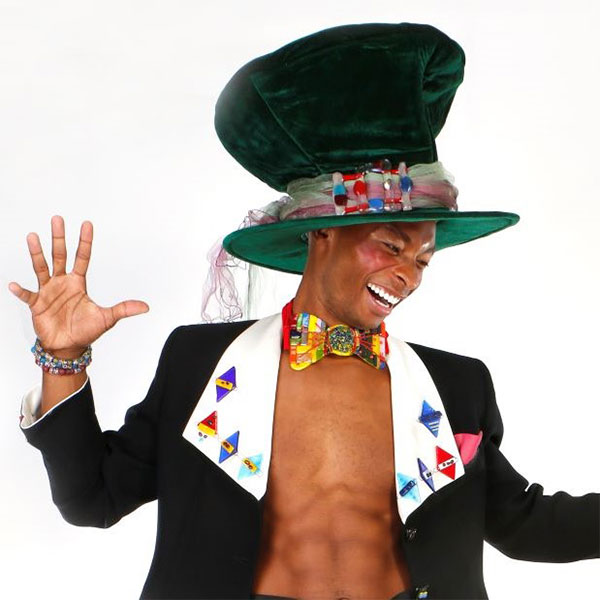
Sam Fray as the Mad Hatter photo by Suzanne Barton
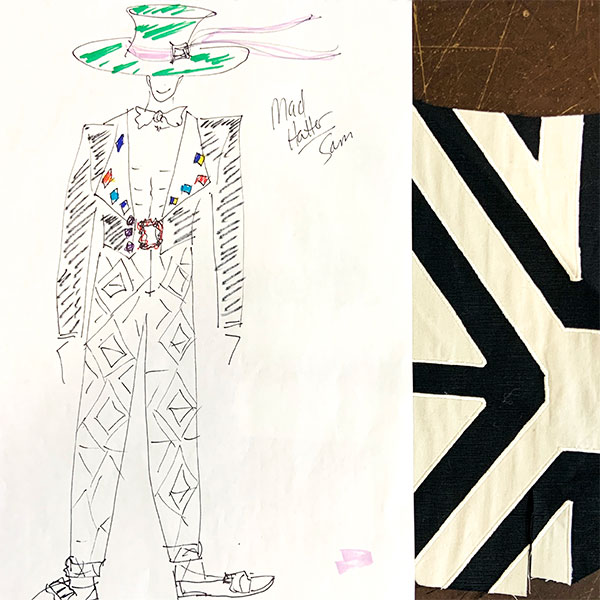
Mad Hatter Design by Chelsea Rousso
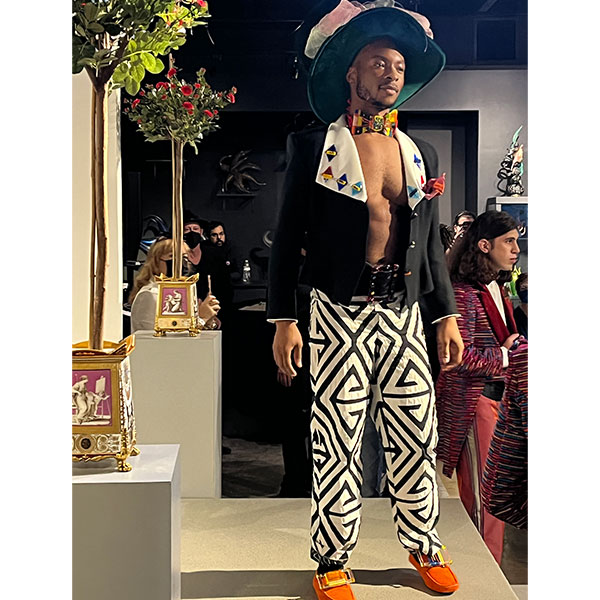
Mad Hatter bow tie, shoe buckles and cummerbund photo by George Hawthorn
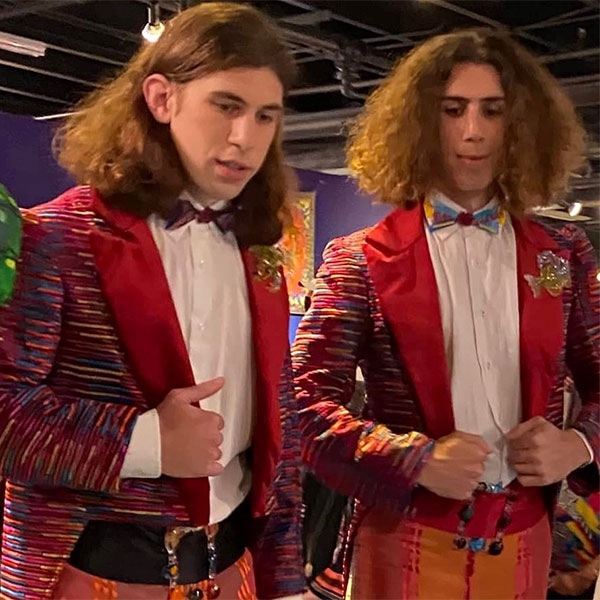
Fish and Frog Footmen Derek & Clay Rousso Ties, Buckles & Brooches
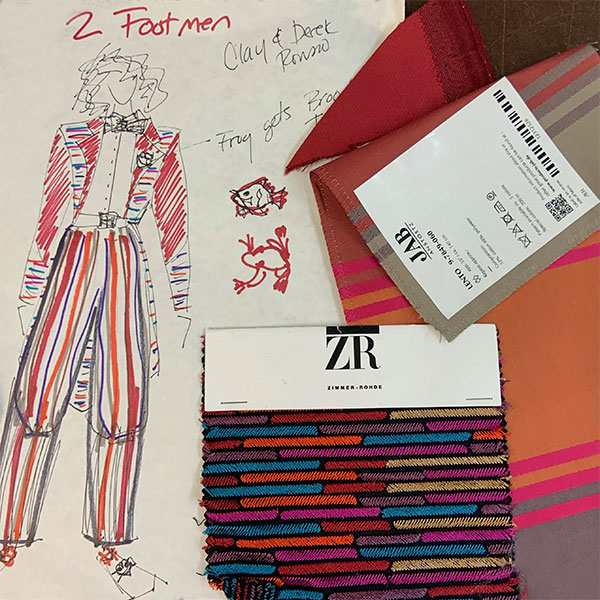
Footmen Design by Chelsea Rousso Zimmer Rhode & JAB fabrics
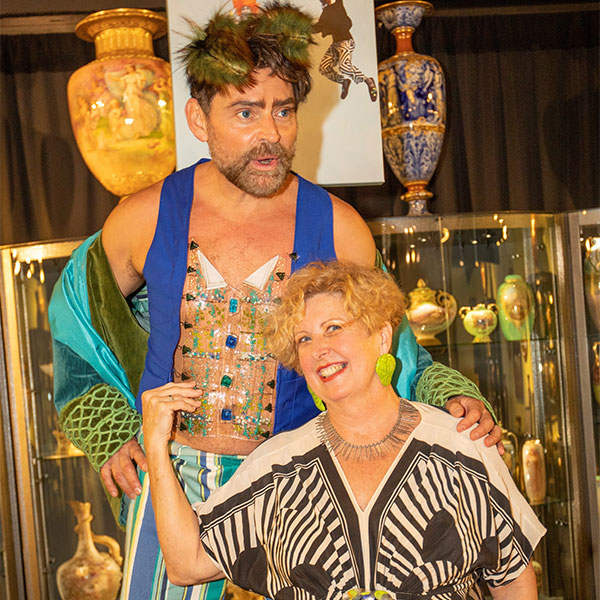
Chelsea Rousso & March Hare in Glass Vest
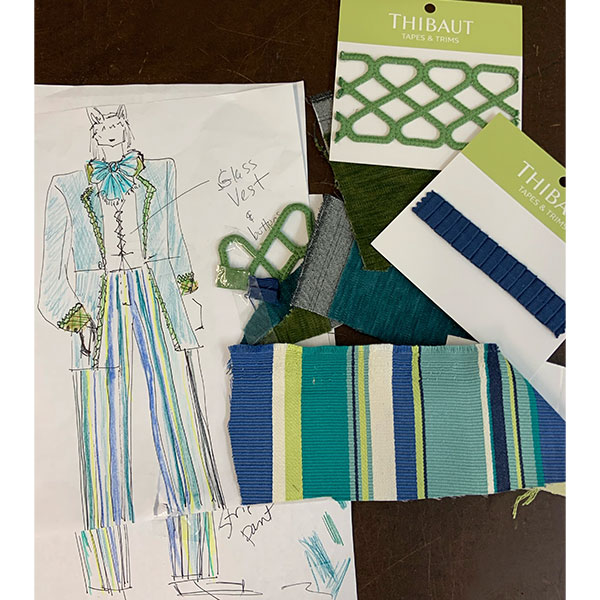
March Hare Design by Chelsea Rousso Thibaut fabrics
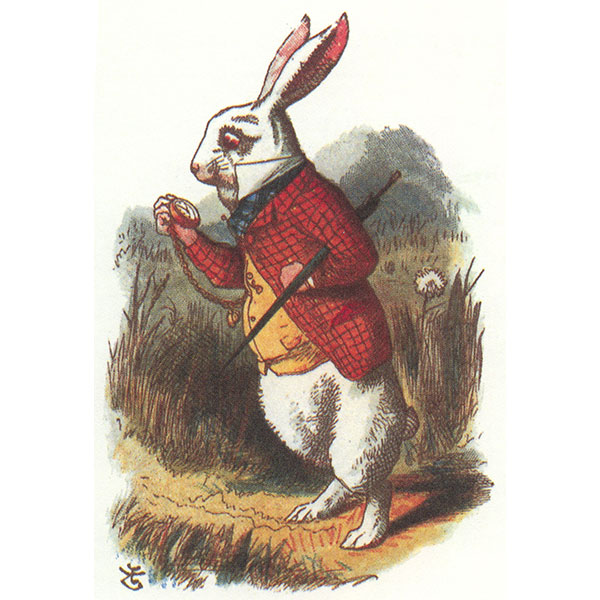
White Rabbit by J. Tenniel
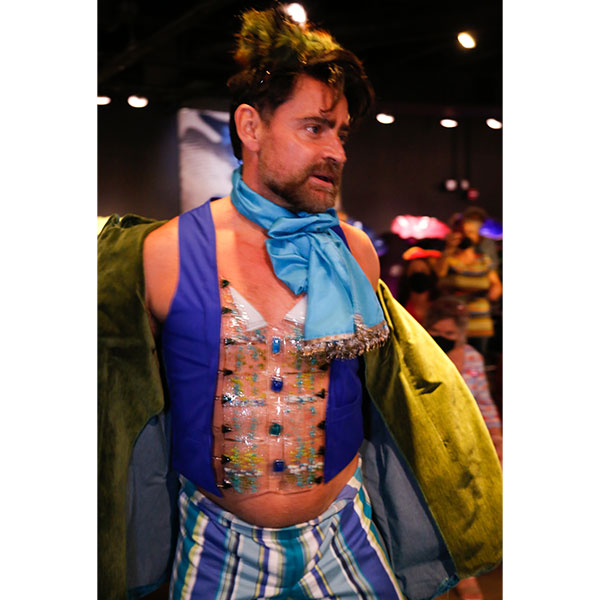
March Hare photo by Suzanne Barton
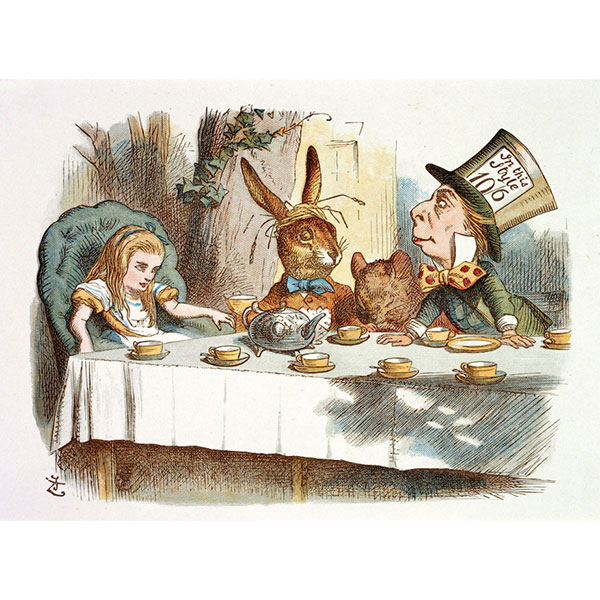
Mad Hatter Tea Party by J. Tenniel
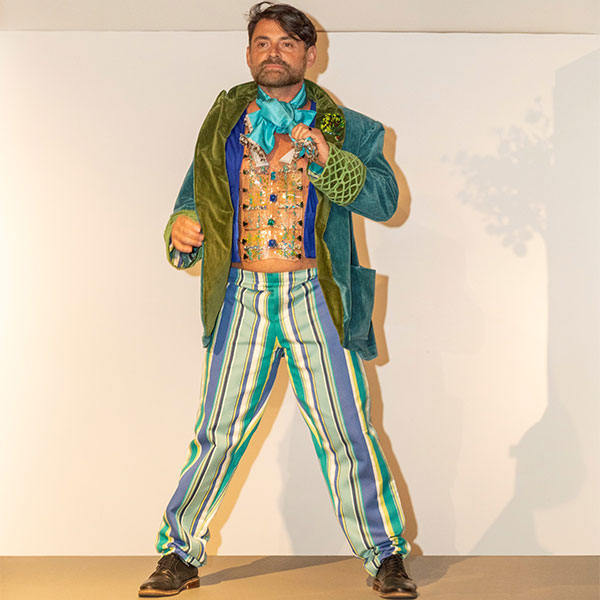
Gabriel Ugas as the March Hare
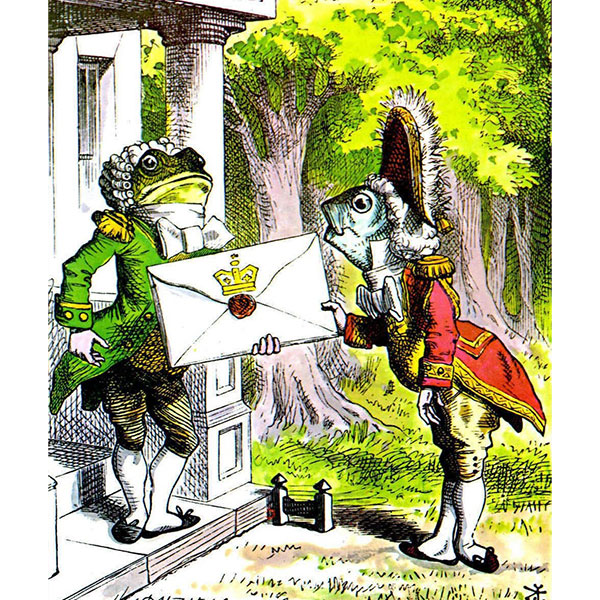
Frog and Fish Footmen by J. Tenniel
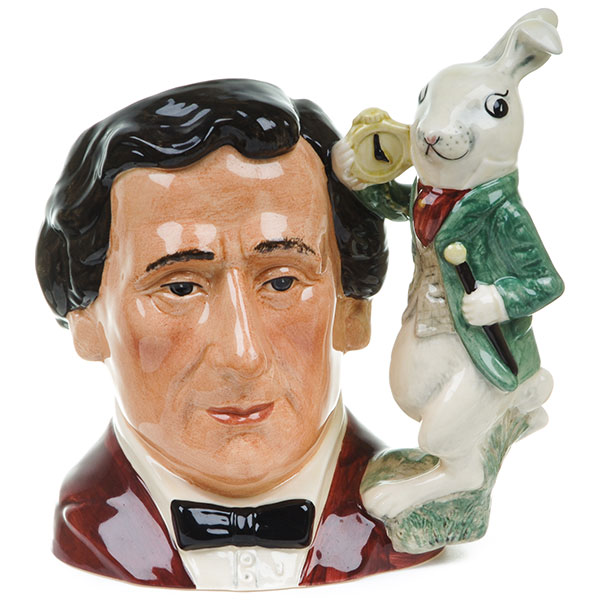
Royal Doulton Lewis Carroll Character Jug by D. Biggs
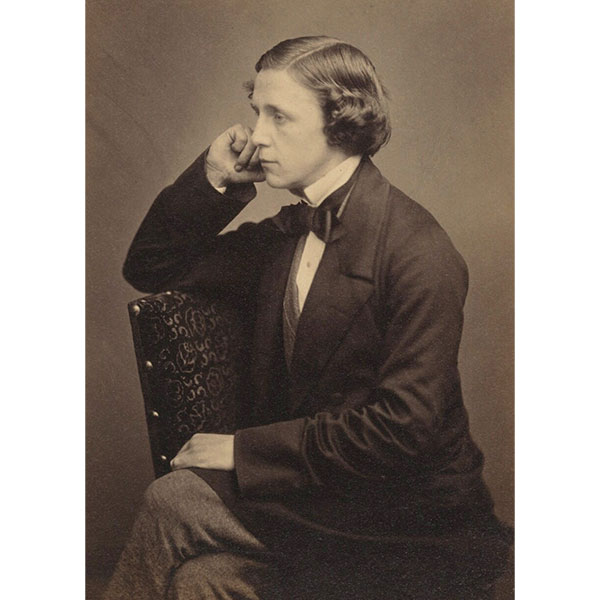
Lewis Carroll in a bow tie
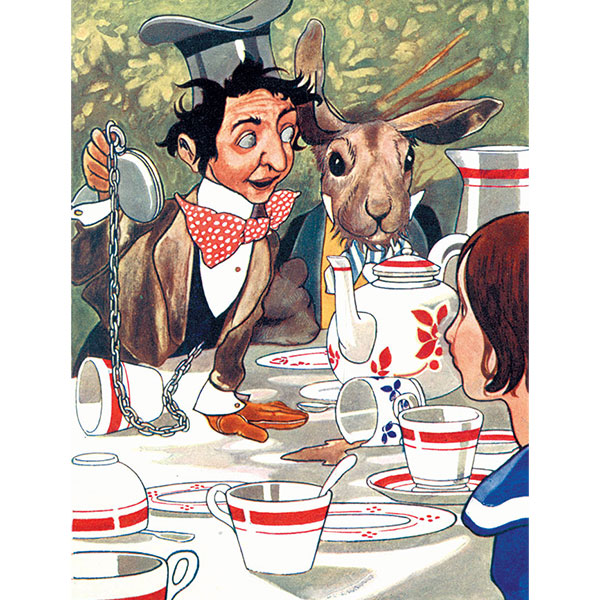
Mad Tea Party by C. Robinson
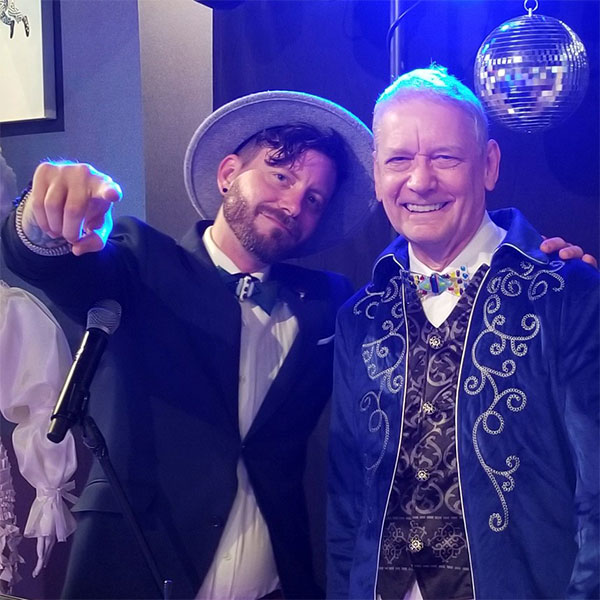
DJ Trace with George Hawthorn as the King of Hearts in Chelsea’s bow ties
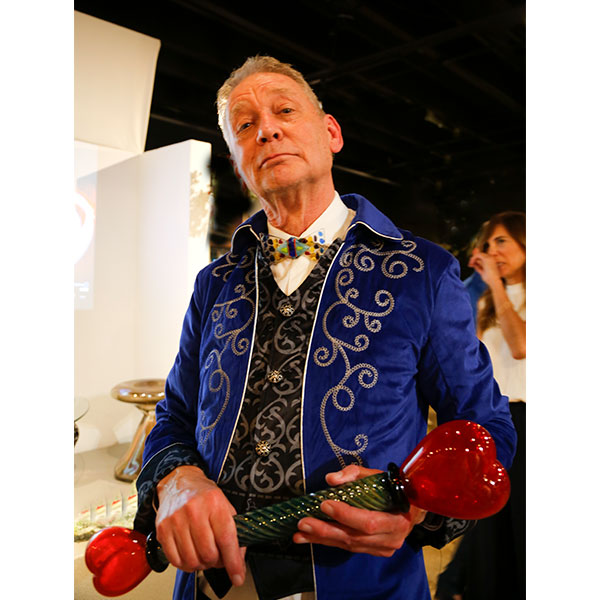
George Hawthorn as King of Hearts in glass bow tie
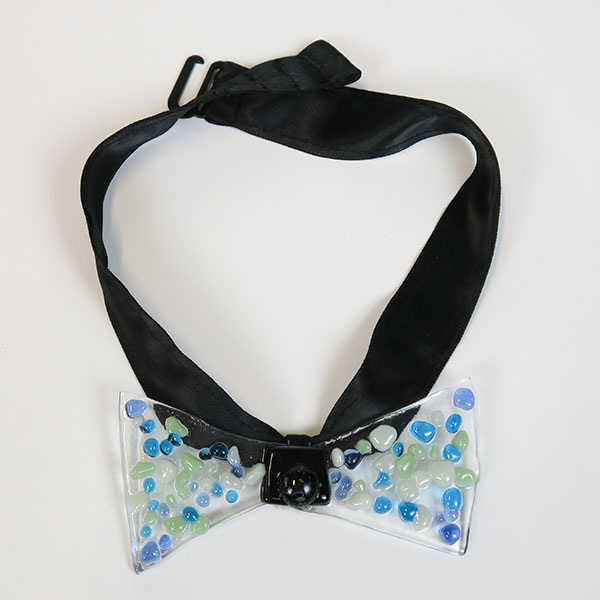
Glass bow tie by Chelsea Rousso
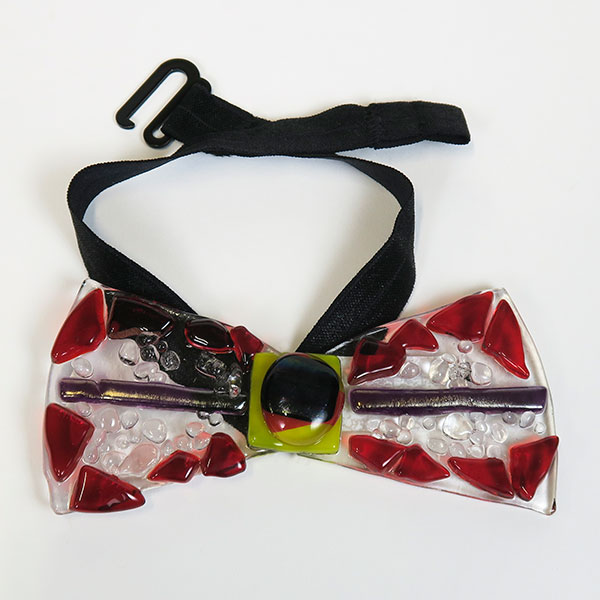
Glass bow tie by Chelsea Rousso
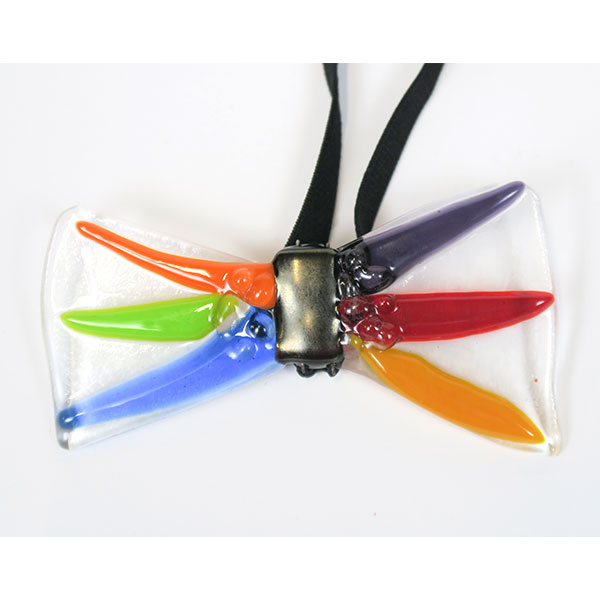
Glass bow tie by Chelsea Rousso
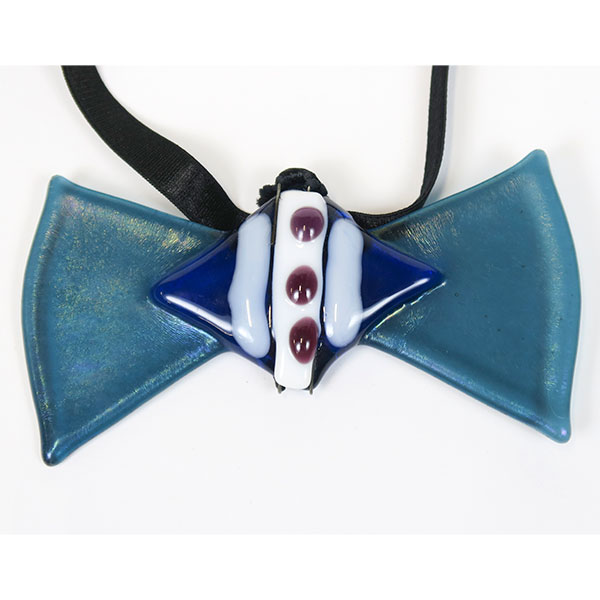
Glass bow tie by Chelsea Rousso
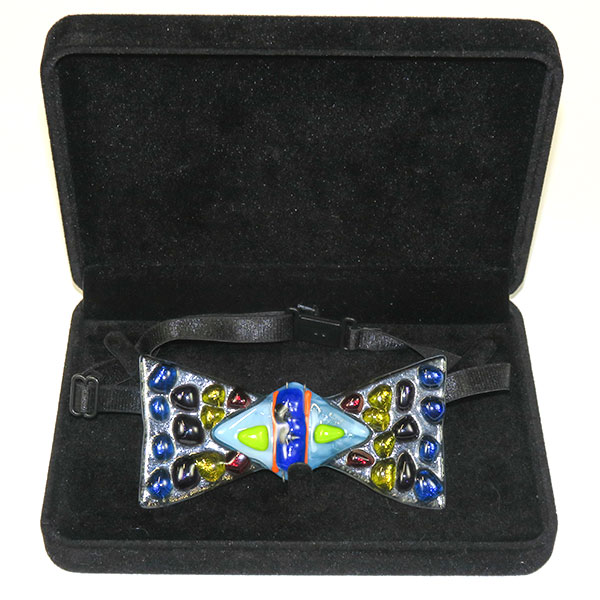
Glass bow tie by Chelsea Rousso
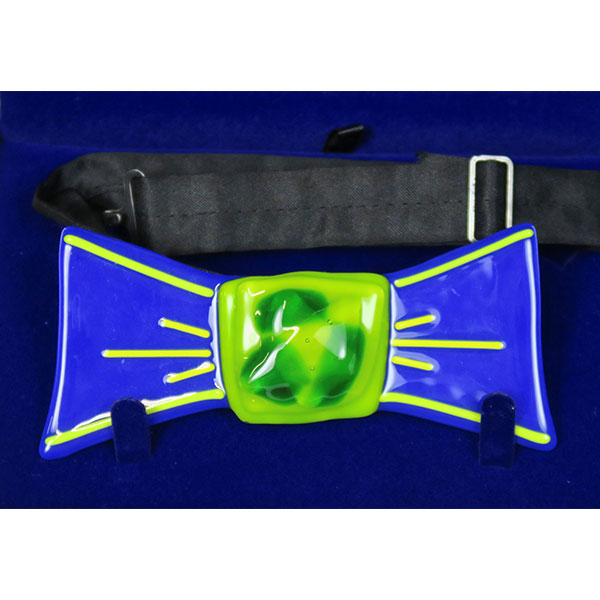
Glass bow tie by Chelsea Rousso
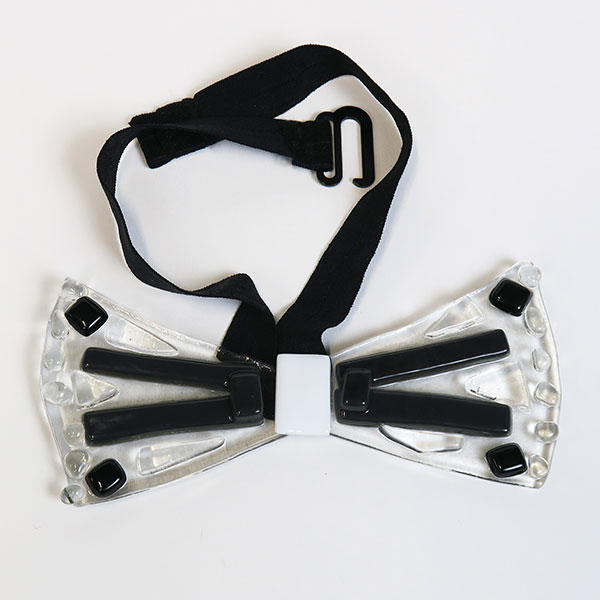
Glass bow tie by Chelsea Rousso

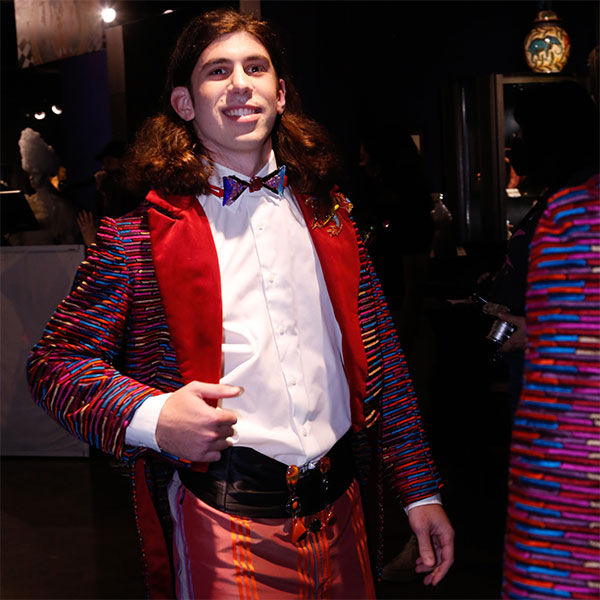
Derek Rousso Footman Tie & Cummerbund photo by Suzanne Barton
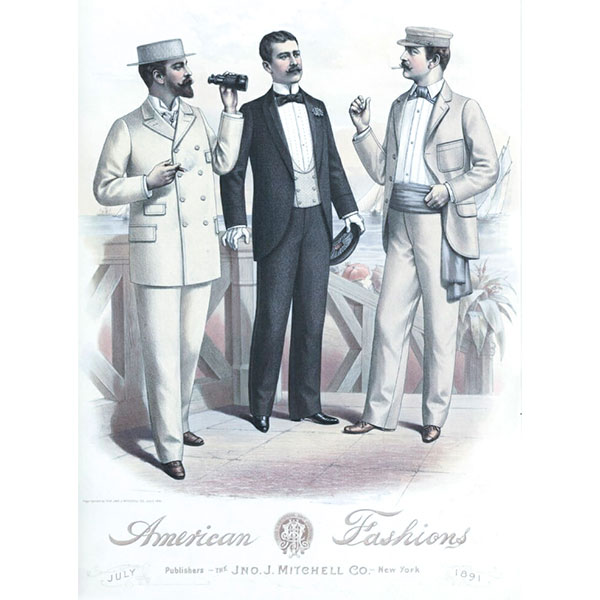
Cummerbund advertisement 1891
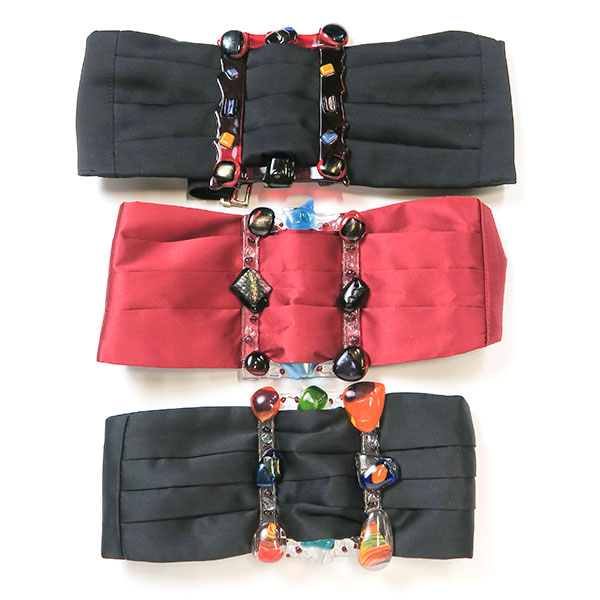
Cummerbunds by Chelsea Rousso
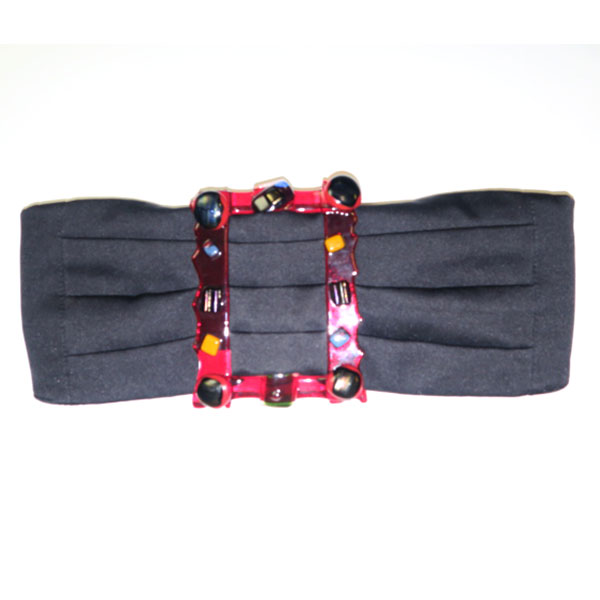
Cummerbund by Chelsea Rousso
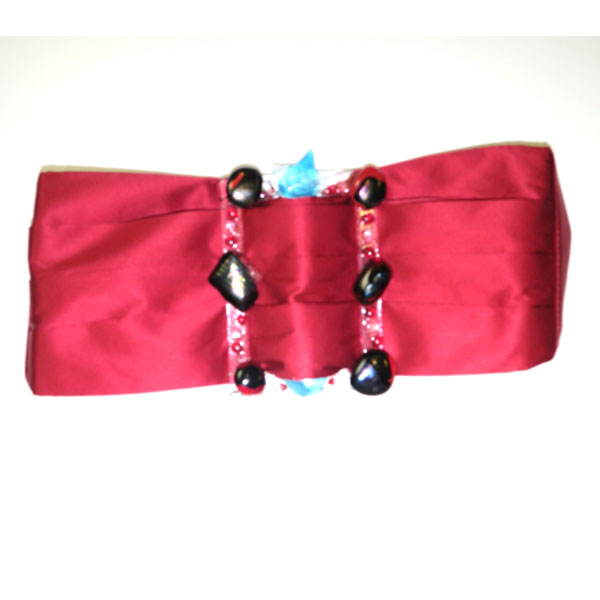
Cummerbund by Chelsea Rousso
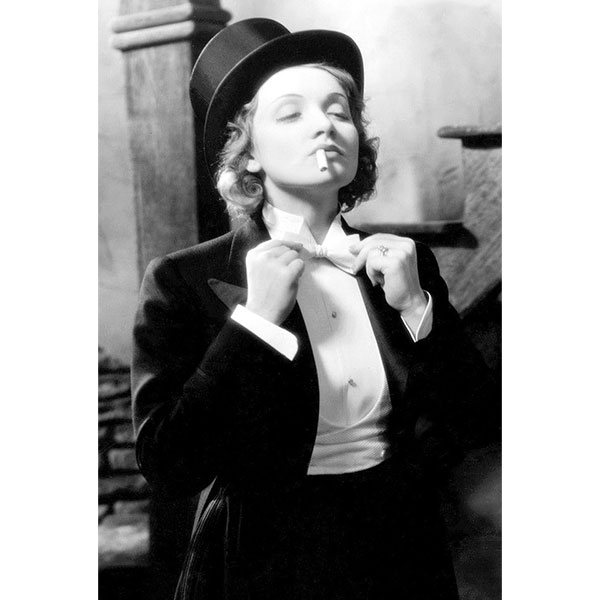
Marlene Dietrich fixing her bow tie
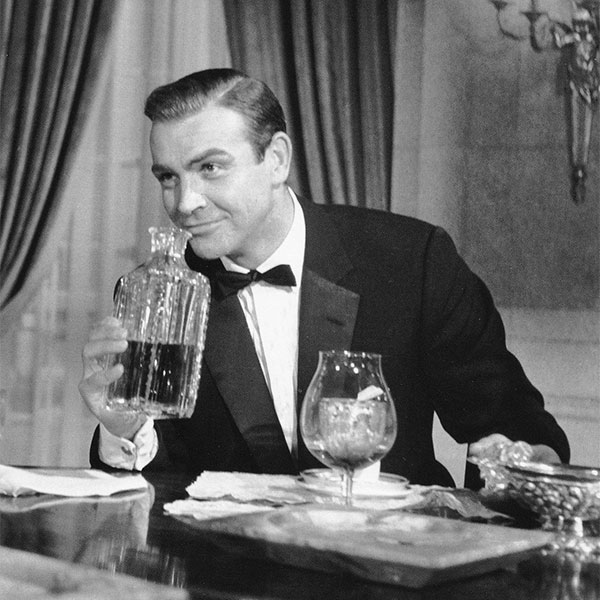
Sean Connery as James Bond
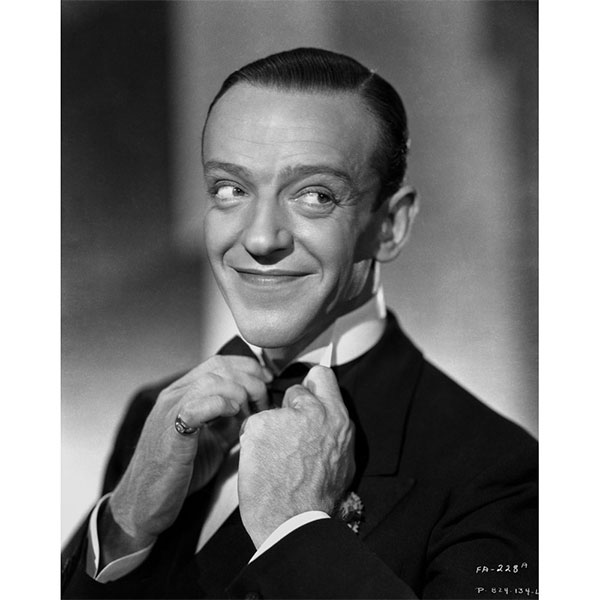
Fred Astaire fixing his bow tie


